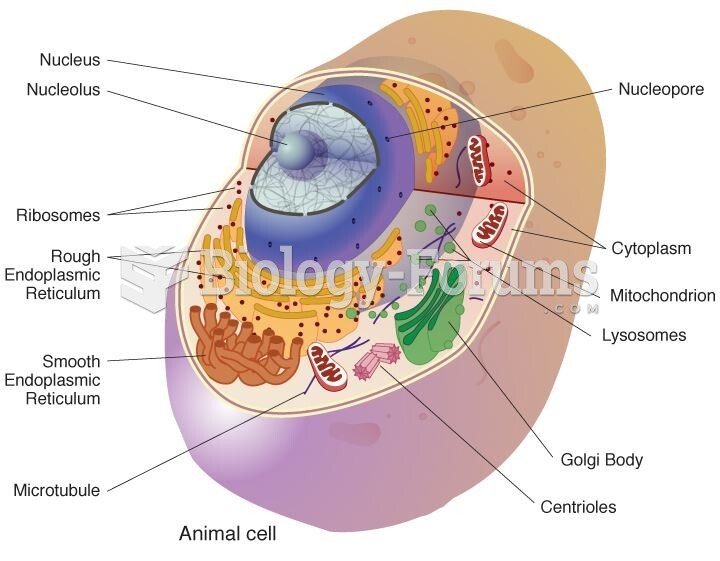Answer to Question 1
Recent studies suggest that stem cells may hold the secret to treatment, or even cures, for some of our most baffling diseases and injuries, including Alzheimer's, Parkinson's, cancer, diabetes, spinal cord injuries, and other diseases. Stem cells have the remarkable potential to develop into many different cell types in the body. In addition, in many tissues they serve as a sort of internal repair system, dividing essentially without limit to replenish other cells. There are currently three types of stem cells: embryonic stem cells, adult stem cells, and induced pluripotent stem cells.
Embryonic stem cells are controversial. They come from the inner cell mass of a blastocyst, the term for a fertilized egg 4 days after conception. (Pro-life advocates argue that using the cells for research or treating diseases is the equivalent of taking a life.)
Human stem cells can be used to test the effectiveness, and side effects, of new drugs. Human stem cells can be useful in helping scientists better understand the complex events that occur during human development-for example, to identify how undifferentiated stem cells become the differentiated cells that form tissues and organs. Also, the most important potential application of human cells is the generation of cells and tissues that could be used for cell-based therapies to treat a multitude of diseases and medical conditions (including Alzheimer's disease, cancer, spinal cord injuries, burns, heart disease, osteoarthritis, and rheumatoid arthritis).
Answer to Question 2
Cloning refers to the process whereby a new organism is reproduced from the nucleus of a single cell. The resultant new organism has the same genetic characteristics of the organism that contributes the nucleus.
The possibilities are as fantastic as they are repulsive. In 1993 a university researcher in the state of Washington cloned human embryos using a technique that already was widely used to clone animal embryos. The process involves taking a single human embryo and splitting it into identical twins. Because human embryos can be frozen and gestated at a later date, it is now possible for parents to have a child and then, years later, use a frozen cloned embryo to give birth to an identical twin. It is also possible for parents to save identical copies of embryos so that if a child ever needed an organ transplant, the mother could give birth to the child's identical twin, who would be a perfect match for organ donation.
In 2001 biologists at Advanced Cell Technology in Worcester, Massachusetts, announced they had created human embryos through cloning. They removed DNA from a female human egg, and replaced it with the DNA from a body cell. (The embryos died at a very early stage.) The technique used at Advanced Cell Technology was similar to that used to clone the sheep Dolly in 1997. Their goal is not to create cloned humans but to grow so-called stem cells for medical purposes. Such cells may be used to find cures for diseases like Parkinson's, ALS (Lou Gehrig's disease), diabetes, paralysis, and other thus far incurable conditions.
In 2008 Dr. Samuel Wood and Dr. Andrew French announced that they had successfully created the first five mature human embryos using DNA from adult skin cells. (Their objective was to provide a less controversial source of viable embryonic stem cells.) The DNA from adult skin cells was transferred to human cells. It is not clear if the embryos produced would have been capable of further development. All the cloned embryos were later destroyed.
Cloning could, among other things, be used to resolve the ancient controversy of heredity versus environment. But there are grave dangers and perhaps undreamed-of complications. Will cloning fuel the population explosion? What legal rights will clones be accorded (regarding inheritance, for example)? Will religions recognize clones as having a soul? Who will decide which individuals can make clones of themselves? Couples may face the choice of having children naturally or raising children who are copies of themselves. In the relatively near future, we will progress from cloning human embryonic cells to cloning a human.







